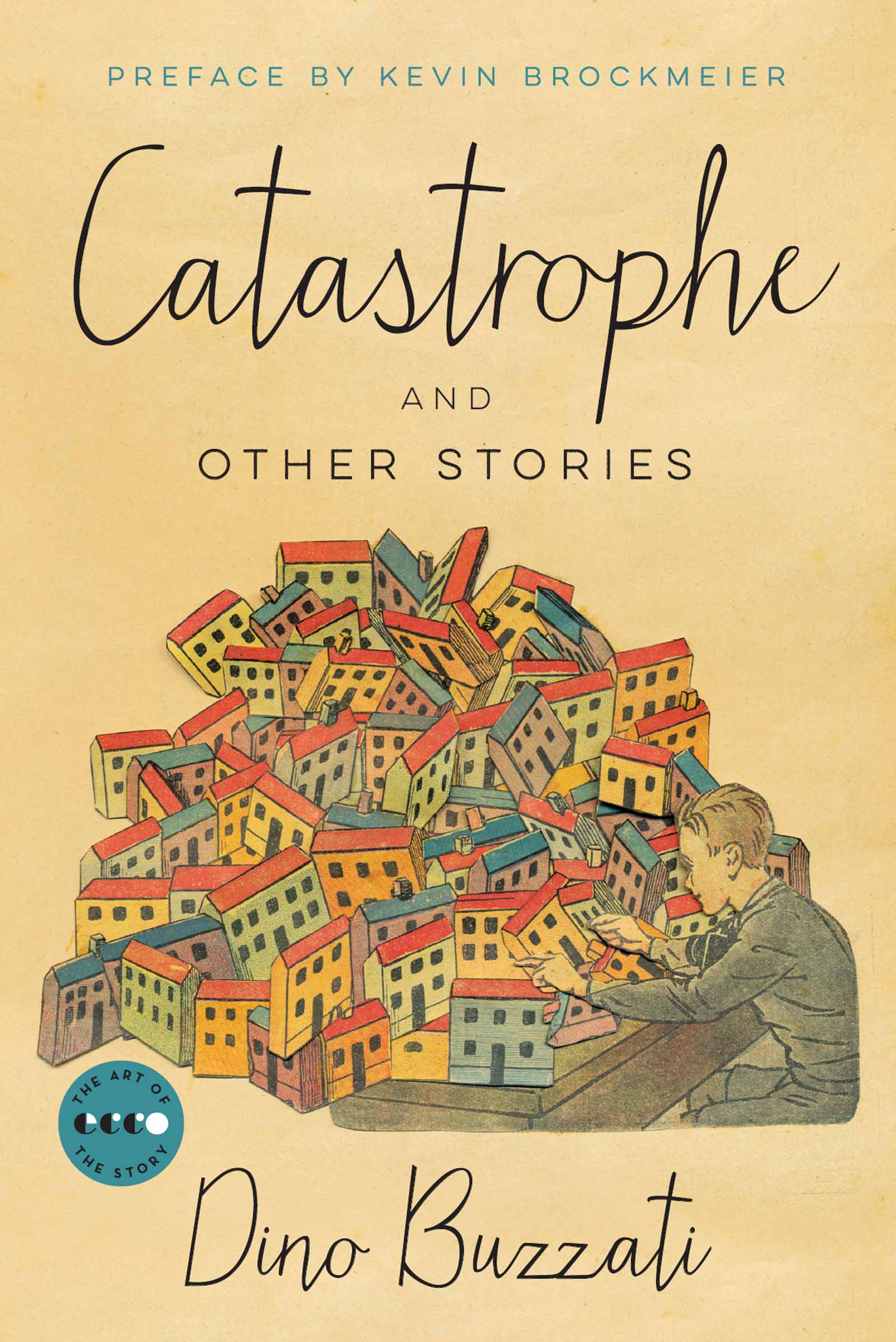
Catastrophe
And Other Stories
کتاب های مرتبط
- اطلاعات
- نقد و بررسی
- دیدگاه کاربران
نقد و بررسی

January 8, 2018
The 20 riveting stories in Buzzati’s collection feature characters caught up mostly in the cruel twists of Kafkaesque fate. In the title tale, the narrator, aboard a traveling train, passes through towns full of people visibly alarmed at some horror that remains beyond his powers of perception. “Seven Floors” tells of a sanatorium patient who is moved progressively—despite his relatively good health and protests—from the minimal care to the terminal patient ward, while “The Opening of the Road” concerns a group traveling along an undeveloped roadway who discover that their destination gets farther away as they travel toward it. Some of Buzzati’s stories have the delicacy of fairy tales, including “Humility,” the poignant account of a hermit’s encounter with a clergyman whose extraordinary humility proves to be at odds with his true identity. Other stories have the visceral thrust of horror fiction, among them “The Egg,” in which a mother’s protectiveness toward her child manifests as a lethal supernatural force, and “The Monster,” in which a governess’s discovery of a terrifying entity in her employer’s attic makes her wonder “might other houses, other towns, not hold similar horrors?” Buzzati’s varied and immensely satisfying stories will appeal to readers receptive to the possibility of the bizarre behind the banal.

January 15, 2018
A new translation of Italian writer Buzzati's (The Bear's Famous Invasion of Sicily, 2003, etc.) mind-bending story collection, originally published in 1965.Buzzati (1906-1972) is notorious for his often irreverent short stories, in which characters are revealed like scattered thunderstorms and plots remain unfinished or end abruptly. In Landry's translation, the essence of Italian surrealism and futurism seeps through every word. An array of characters struggle with existential questions; in the title story, for example, a passenger on a speeding train notices that many of the people he sees through the window seem to be alarmed about something. Then the other passengers pick up on the feeling, but the narrator says: "Like myself, the others were uncertain as to whether the alarm was real or whether it was just a mad idea, a hallucination, one of those absurd thoughts that tend to force themselves upon the tired traveler." Here, as in other stories in the collection, the character wonders what is real and what is imagined, and Buzzati often plays with this idea of narrative distortion. In "Seven Floors," a man is taken to a hospital which sorts its patients according to their proximity to death; the closer patients are to the ground floor, the more likely it is that they will die. However, as the story progresses it begins to seem that the floor patients are sent to is based less on medical fact than on a story physicians tell them. Another tale, "The Opening of the Road," features a character slowly disappearing in the great expanse of a seemingly endless road. This is how Buzzati asks the bigger questions: where are we heading? What is real? And does it really matter?An evocative collection that might pull the rug from under your feet.
COPYRIGHT(2018) Kirkus Reviews, ALL RIGHTS RESERVED.

























دیدگاه کاربران